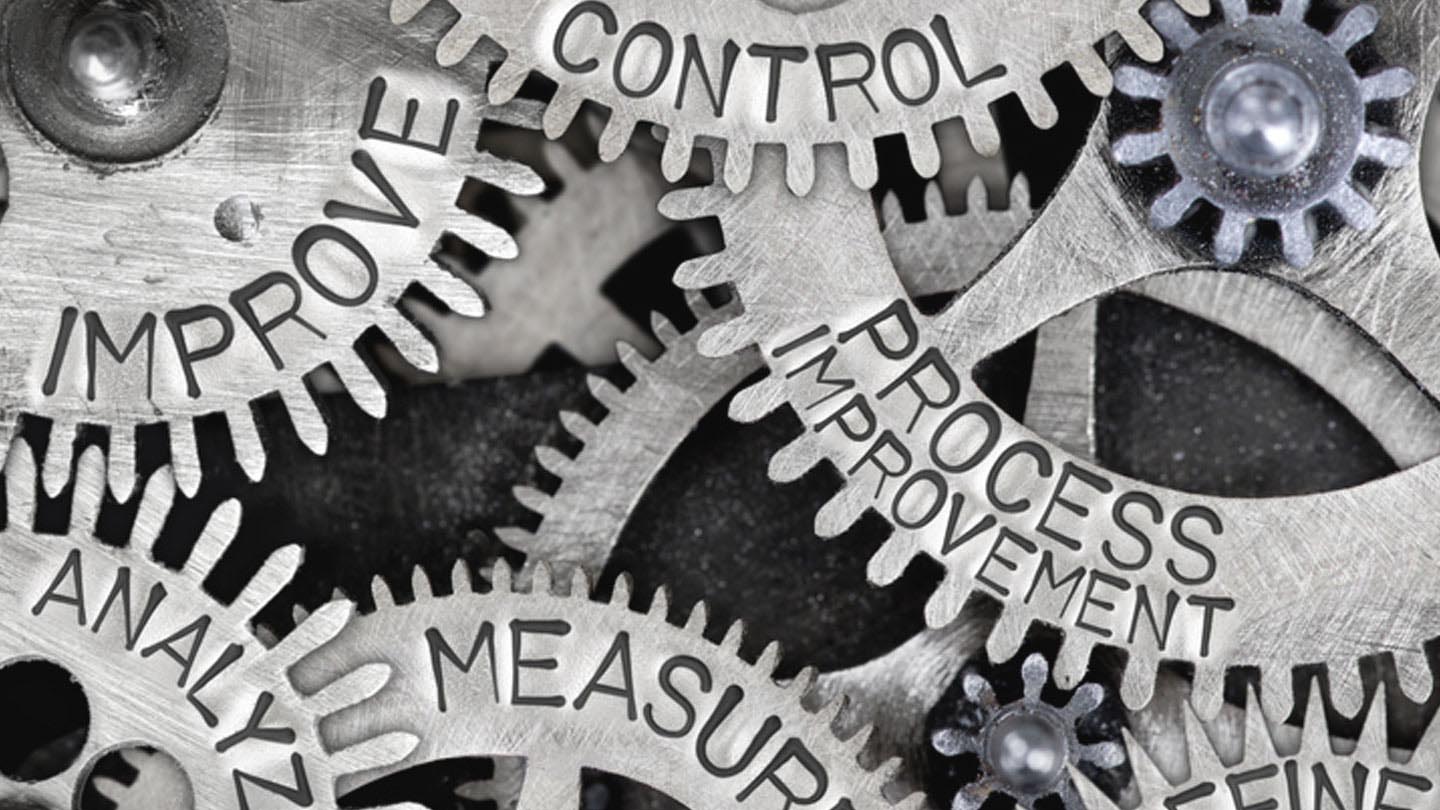
Payment data is a valuable source of information that can be used to keep the business engine running efficiently—and also rev it up to accelerate revenue growth.
Businesses need data that is aggregated and actionable so they can monitor, support and adjust payments in their quest to differentiate themselves in the market, gain a competitive edge and ultimately increase revenue opportunities.
“You can derive very good insights from payment data about where you’re punching below your weight against your peers,” said Tony Wimmer, head of data and analytics for J.P. Morgan’s Merchant Services business. “We see payment data as an early warning system to track market and wallet share over time.”
The amount of payment data is growing, creating more competitive opportunities. By 2030, it is estimated that there will be 130 billion connected devices worldwide—refrigerators that restock themselves, cars that pay for gas and in-car services—that will automatically generate payments, creating an explosion of entry points into a business and generating masses of new customer and payment data.
"We see payment data as an early warning system to track market and wallet share over time."

Tony Wimmer
Head of Analytics & Insights, J.P. Morgan Payments
The power of data lies in combining disparate data sets to find correlations. J.P. Morgan’s Wimmer distinguishes between two different types of insights that can be gleaned from transaction data: payment insights and consumer insights. Payment insights can help businesses mostly with efficiency, while consumer insights can help with growth.
J.P. Morgan’s data-driven approach optimizes payment performance and supports merchant initiatives to protect and grow wallet and market share. The optimization framework is executed in three sequential phases designed to enhance merchants’ ability to monitor, benchmark and improve payment performance.
Beginning with the monitoring phase, J.P Morgan uses a blend of technology and human judgment to help clients detect anomalies and performance issues. Following the monitoring phase, J.P. Morgan uses a proprietary benchmarking technique to identify and quantify potential authorization, cost and fraud disputes and risk-performance improvements. The final phase—aimed at improving performance—is when the issues detected in the monitoring and benchmarking phases are resolved.
Data scientists at J.P. Morgan have developed algorithms to scan data to detect anomalies and analyze payment data to benchmark performance against the best in class. J.P. Morgan’s data analysts also scan payment data for optimization, or improvement opportunities across different levers, such as authorizations, retry strategies, data elements and cost of payments—to help businesses optimize payments.
“We are taking the headache out of the day-to-day management of this payment function,” Wimmer said.
To use payment data to its full potential, payment data needs to be integrated with other data, such as consumer demographics or location. However, due to compliance and privacy considerations, a majority of companies (59%) are not able to integrate their payment data with other streams, according to a Forbes and J.P. Morgan survey of more than 300 executives worldwide.
According to the survey, many businesses are leveraging customer payment activity for growth-generating insight only when they collect information as part of a branded loyalty program. This means they are not able to cross-reference customer information and not using the full potential of data for insights. In addition to optimizing payment acceptance, J.P. Morgan uses its data-driven approach to help its clients better understand consumer behavior and grow wallet and market share.
When used in aggregate—and in an anonymized format to comply with privacy standards—payment data can provide businesses with valuable insights while meeting compliance requirements and maintaining high security standards. In fact, security is the top ranked trend in payment, the survey found.
To take advantage of what payment data offers companies, they need to make sure data is organized, integrated and transparent. Privacy protection is paramount, which is why J.P. Morgan uses consumer data only in a highly aggregated and anonymized way, drawing insights based on tens of thousands of aggregated data sets.
Companies are beginning to recognize that payment data is a missed opportunity in terms of how they use it to optimize and expand their businesses. As a result, the top characteristic they are seeking in a payment solutions provider is the ability to help them use technology to access data and enhanced offerings.
To learn more, visit jpmorgan.com/insights/payments/merchant-services








